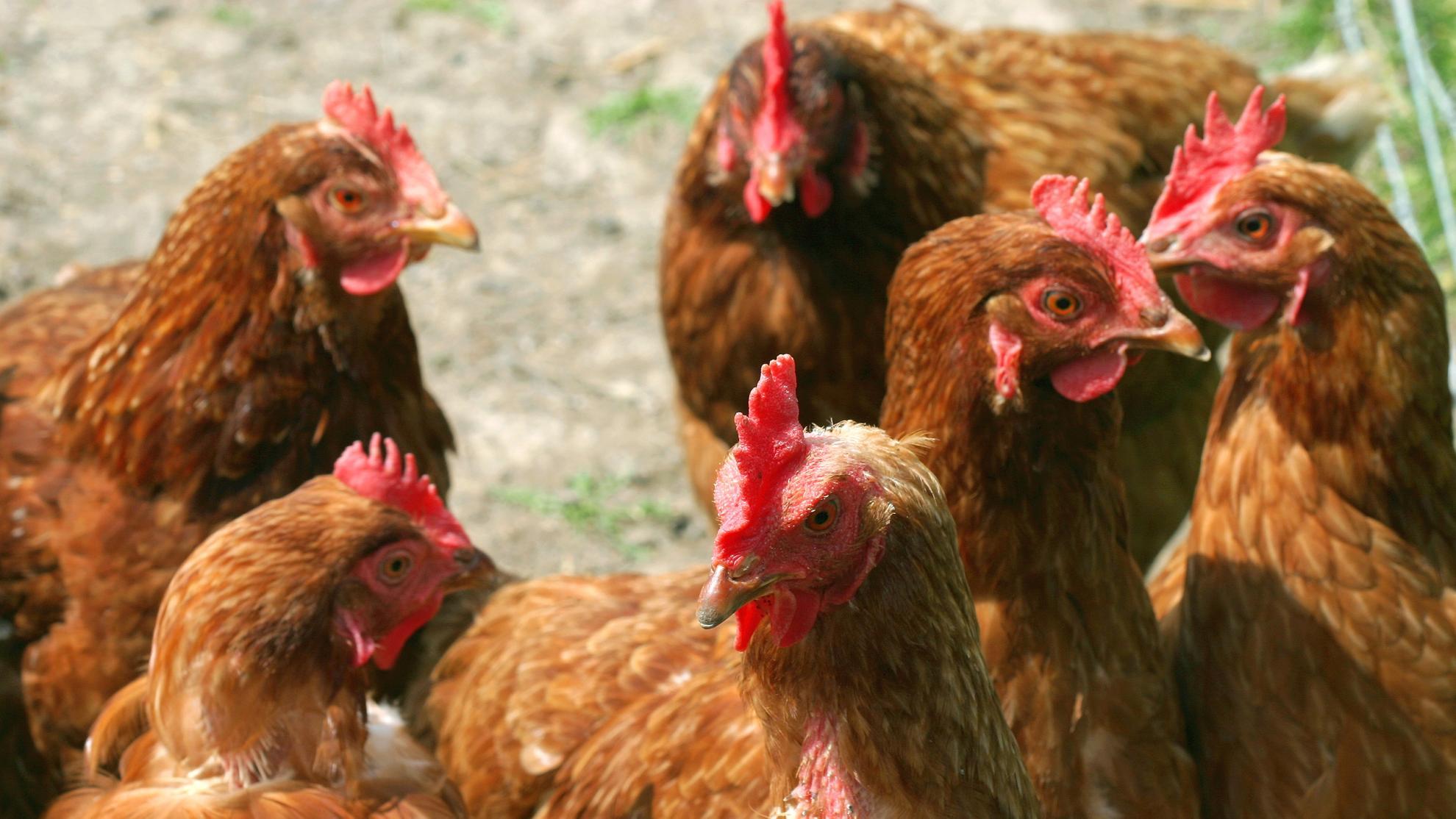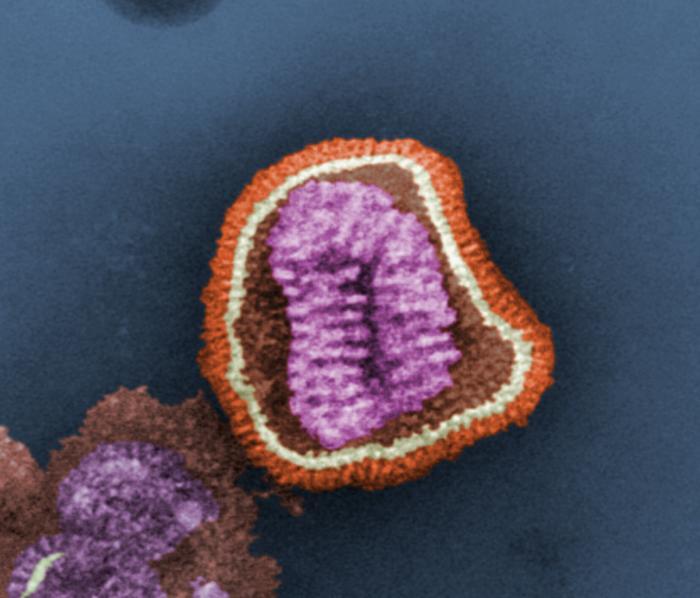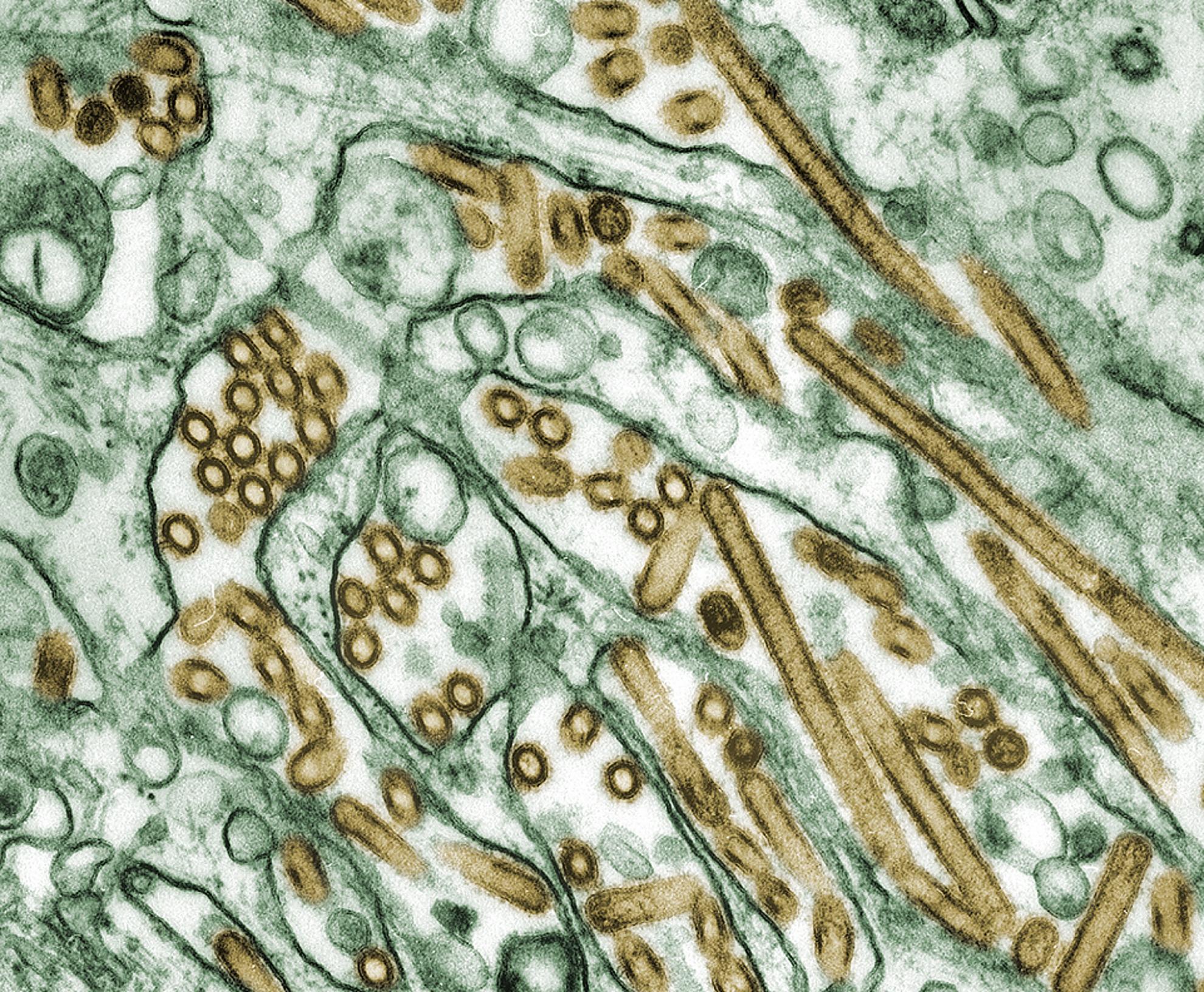Infectivity and transmissibility of H9N2 avian influenza virus in chickens and wild terrestrial birds
Genetic changes in avian influenza viruses influence their infectivity, virulence and transmission. Recently we identified a novel genotype of H9N2 viruses in widespread circulation in poultry in Pakistan that contained polymerases (PB2, PB1 and PA) and non-structural (NS) gene segments identical to highly pathogenic H7N3 viruses. Here, we investigated the potential of these viruses to cause disease and assessed the transmission capability of the virus within and between poultry and wild terrestrial avian species. Groups of broilers, layers, jungle fowl, quail, sparrows or crows were infected with a representative strain (A/chicken/UDL-01/08) of this H9N2 virus and then mixed with naive birds of the same breed or species, or different species to examine transmission. With the exception of crows, all directly inoculated and contact birds showed clinical signs, varying in severity with quail showing the most pronounced clinical signs. Virus shedding was detected in all infected birds, with quail showing the greatest levels of virus secretion, but only very low levels of virus were found in directly infected crow samples. Efficient virus intra-species transmission was observed within each group with the exception of crows in which no evidence of transmission was seen. Interspecies transmission was examined between chickens and sparrows and vice versa and efficient transmission was seen in either direction. These results highlight the ease of spread of this group of H9N2 viruses between domesticated poultry and sparrows and show that sparrows need to be considered as a high risk species for transmitting H9N2 viruses between premises.
Back to publications


